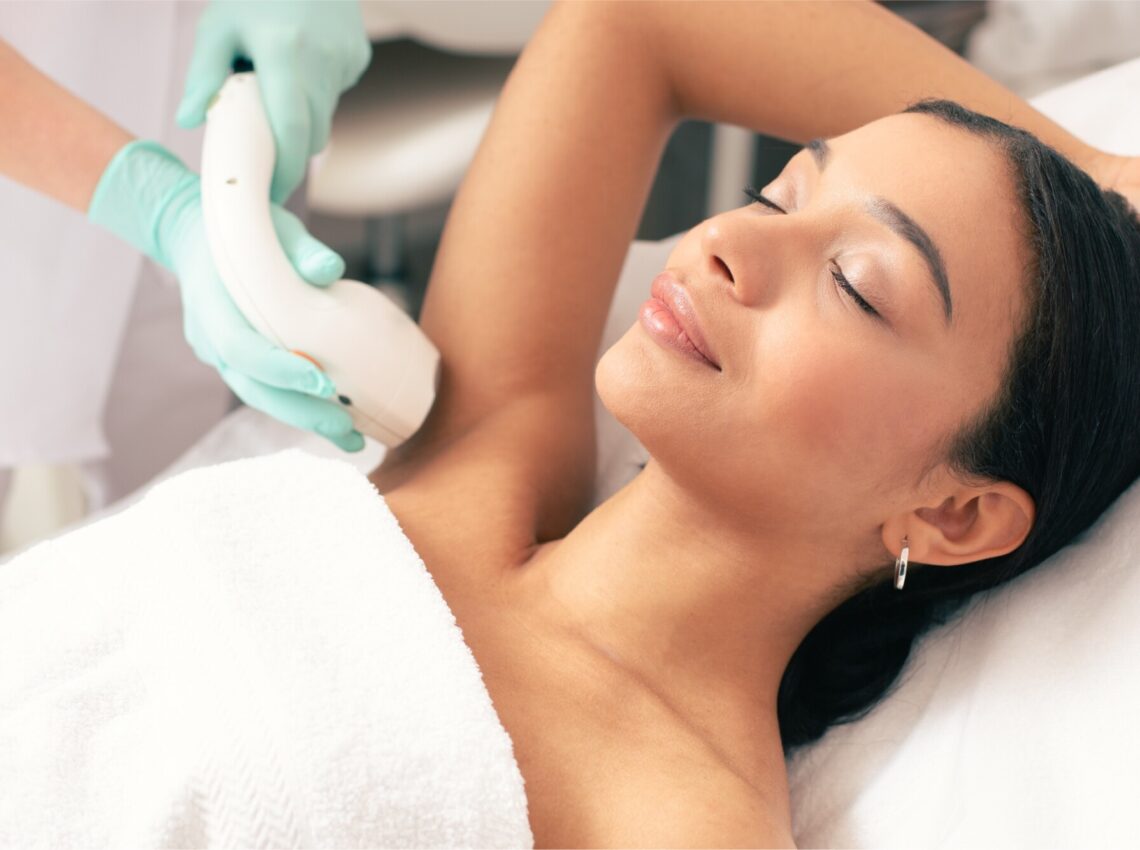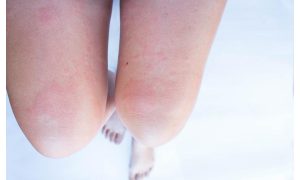
Laser hair removal has become one of the most popular choices for long-term hair reduction. While many people associate the treatment with legs, underarms, and facial hair, a common question is whether it’s safe and effective for more sensitive areas of the body—like the bikini line, Brazilian zone, or even the face.
The short answer is yes—you can absolutely get laser hair removal on sensitive areas, and it’s done more frequently than you might think. However, it’s essential to understand how the process works, what to expect, and why choosing the right provider is crucial for safe and effective results.
1. How Laser Hair Removal Works
Laser hair removal uses concentrated light energy to target the pigment in hair follicles. The heat from the laser damages the follicle, slowing or completely stopping future growth. Multiple sessions are typically needed to catch each hair in its growth phase, especially in areas where hair is coarse or dense.
The procedure is considered safe and is FDA-approved for use on various parts of the body, including sensitive zones.
2. Is It Safe for Intimate or Delicate Areas?
Yes—when performed by trained professionals using the appropriate laser technology, laser hair removal is safe for areas such as:
- Bikini line and Brazilian area
- Underarms
- Upper lip and chin
- Inner thighs
- Nipples and stomach line
These areas often have more sensitive skin and a higher concentration of nerve endings, which is why expertise and technology selection matter.
3. Does It Hurt More in Sensitive Spots?
Some discomfort is normal, especially in delicate zones. Most people compare the sensation to a quick snap of a rubber band against the skin. However, the level of discomfort can vary based on:
- Your pain tolerance
- The thickness of the hair
- The area being treated
- The type of laser used
Fortunately, many clinics offer numbing creams or use cooling devices built into the laser system to minimize discomfort.
4. What Precautions Are Taken for Sensitive Skin
Reputable providers use settings and techniques tailored to each individual’s skin tone, hair type, and sensitivity. Protective goggles, patch testing, and careful monitoring during each session help ensure safety. It’s also essential to avoid sun exposure, waxing, and certain skin products before and after treatment to reduce the risk of irritation.
5. Benefits of Choosing an Experienced Provider
Sensitive areas require more than just a steady hand—they demand knowledge of skin biology, laser calibration, and how to manage post-treatment care. Choosing an experienced technician or medical spa with advanced technology significantly reduces risks like burns, pigmentation issues, or ingrown hairs.
One trusted provider, Salon Deauville laser hair removal, is known for its personalized, skin-safe approach. Their technicians are trained to treat delicate zones with precision and care, using state-of-the-art equipment that accommodates all skin types. This makes the experience not only safer but also more comfortable and effective.
6. Aftercare Is Especially Important
Proper aftercare ensures you heal quickly and see the best results. For sensitive areas, this typically includes:
- Avoiding hot showers and friction for 24–48 hours
- Wearing loose-fitting clothing
- Skipping deodorant or perfumed products if the underarms are treated
- Using aloe vera or calming gels to soothe the skin
Following your technician’s instructions is key to minimizing side effects like redness, swelling, or sensitivity.
Conclusion
Laser hair removal on sensitive areas is not only possible—it’s widely practiced and highly effective when done correctly. With the right provider and equipment, you can achieve smooth, long-lasting results with minimal discomfort and downtime. Whether you’re tired of shaving irritation or just want a more permanent solution, treating delicate areas with care and expertise makes all the difference.







